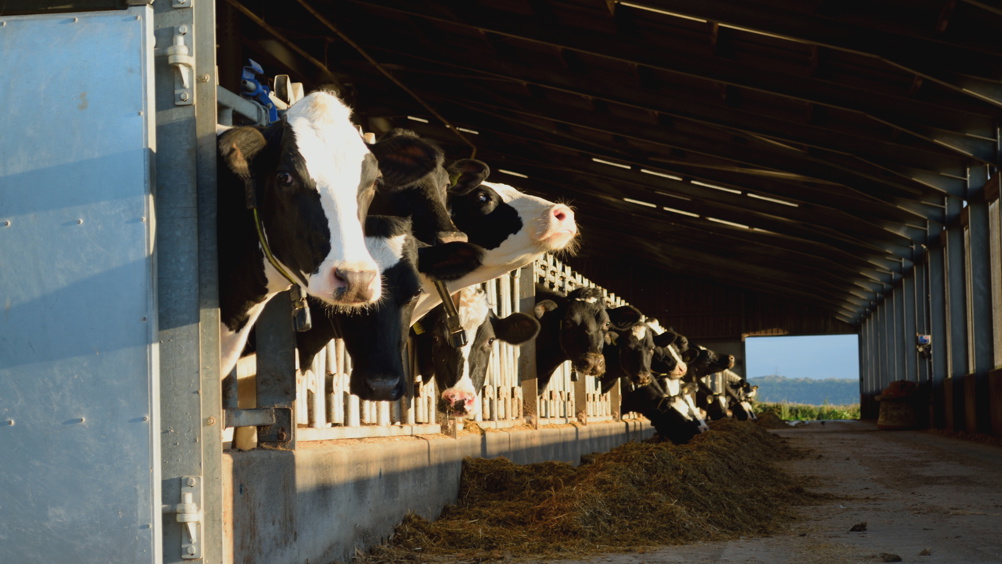References
Lameness: a welfare perspective

Abstract
Nicola Gladden explores the broader welfare impacts of lameness in dairy cows, using the Five Domains Model to highlight effects beyond pain.
There is growing consumer interest in food production and in recent years the dairy industry has been subject to increasing public scrutiny. Consumers frequently highlight the welfare of dairy cows as an issue of concern (Wolf et al, 2016; Jackson et al, 2022) and management practices and conditions that adversely affect animal welfare may negatively influence public perception of the industry and undermine consumer trust. Lameness is well-recognised as a condition associated with reduced welfare but remains common on dairy farms, with a prevalence of over 20%, a figure unchanged since the 1980s (Afonso et al, 2020; Thomsen et al, 2023). Although pain is the most obvious welfare compromise associated with lameness, it is recognised that there are wider negative welfare effects; using the Five Domains Model as a framework (Figure 1) (Mellor et al., 2020), these are discussed here.
Register now to continue reading
Thank you for visiting UK-VET Companion Animal and reading some of our peer-reviewed content for veterinary professionals. To continue reading this article, please register today.

